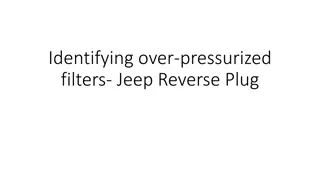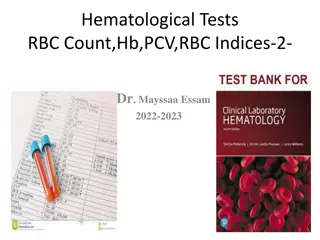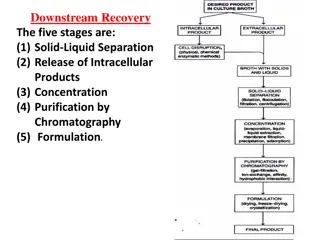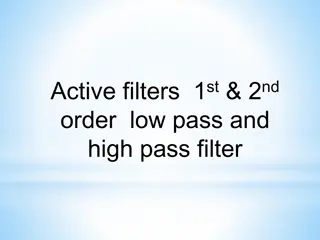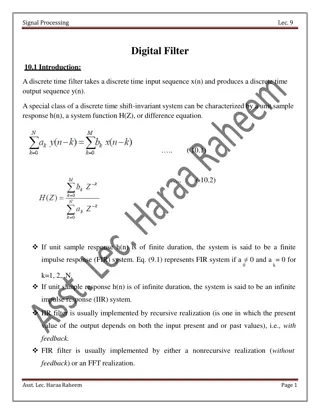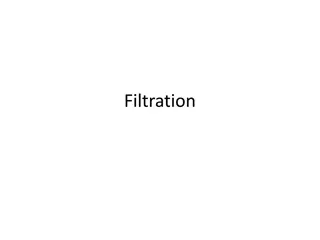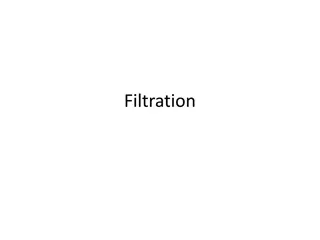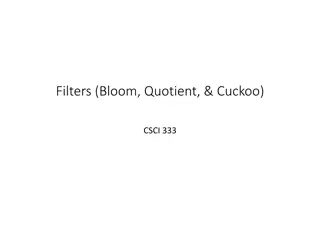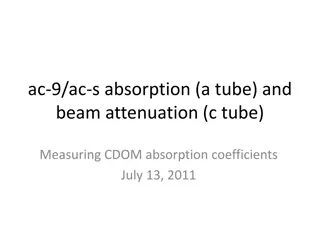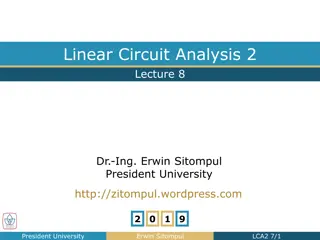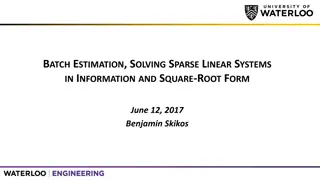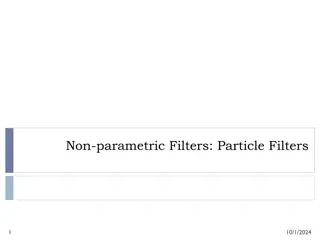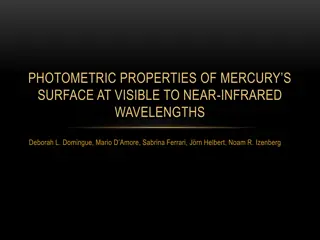Photometric Passbands and Filters: A Visual Guide
Stars are well approximated by blackbodies, and the ratio of brightness in different filters helps measure temperature. Explore photometric passbands like UBVRI, JHK, SDSS ugriz, and Pan-STARRS filters to understand spectral classification, dust extinction, and reddening effects on starlight. Learn about reddening using E(B-V) and important resources like Schlegel et al. 1998 for converting reddening to various photometric systems.
Download Presentation

Please find below an Image/Link to download the presentation.
The content on the website is provided AS IS for your information and personal use only. It may not be sold, licensed, or shared on other websites without obtaining consent from the author.If you encounter any issues during the download, it is possible that the publisher has removed the file from their server.
You are allowed to download the files provided on this website for personal or commercial use, subject to the condition that they are used lawfully. All files are the property of their respective owners.
The content on the website is provided AS IS for your information and personal use only. It may not be sold, licensed, or shared on other websites without obtaining consent from the author.
E N D
Presentation Transcript
Photometric passbands Greg Bothun U Oregon Stars are (with some exceptions) well approximated by blackbodies. We use the ratio of brightness in different filters to measure temperature. The blackbody curves above are for 9000K (left) and 4500K (right) and the UBVRI filters are overplotted
UBVRI JHK filters Leo Girardi UBVRI are within the visual part of the spectrum, while J, H and K are from the near IR Spectra of an A, G and M type star are also shown
JHK passbands: near infrared orange line is atmospheric transmission 0.80 1.2 2.0 2.4 microns 2MASS all-sky survey has J,H and Ks
Review of Spectral Classification Note: - He lines - Balmer series and Balmer jump - Metal lines from Ca,Na - Molecular features such as G band (CH), MgH, and TiO
SDSS ugriz filters, Pan-STARRS filters From Leo Girardi SDSS covers 1/3 of sky with ugriz filters Pan-STARRS covers 3/4 of sky with grizy filters, g band in particular is unlike SDSS one
Dust, extinction and reddening When light from a star passes through dust, it suffers extinction which is different in different wavelengths, and stronger at blue wavelengths We use the terms AB, AV, Ag and Ar to describe the amount of extinction in the B,V ,g and r passbands respectively blue red Rick Pogge, OSU
We use the term E(B-V) (the reddening): E(B-V) = AB AV We also use the subscript 0 to show when a magnitude or color has been de-reddened So (B-V)0 = B-V E(B-V) V0 = V AV An important resource for reddening for field stars is Schlegel, Finkbeiner and Davis (1998) They give estimates of E(B-V) for all over the sky and also (in the Appendix) have a table which gives formulae to convert E(B-V) to many other photometric systems
From Schlegel et al 1998 For ugriz use Sloan u etc; Landolt UBVRI is the most common UVBRI system
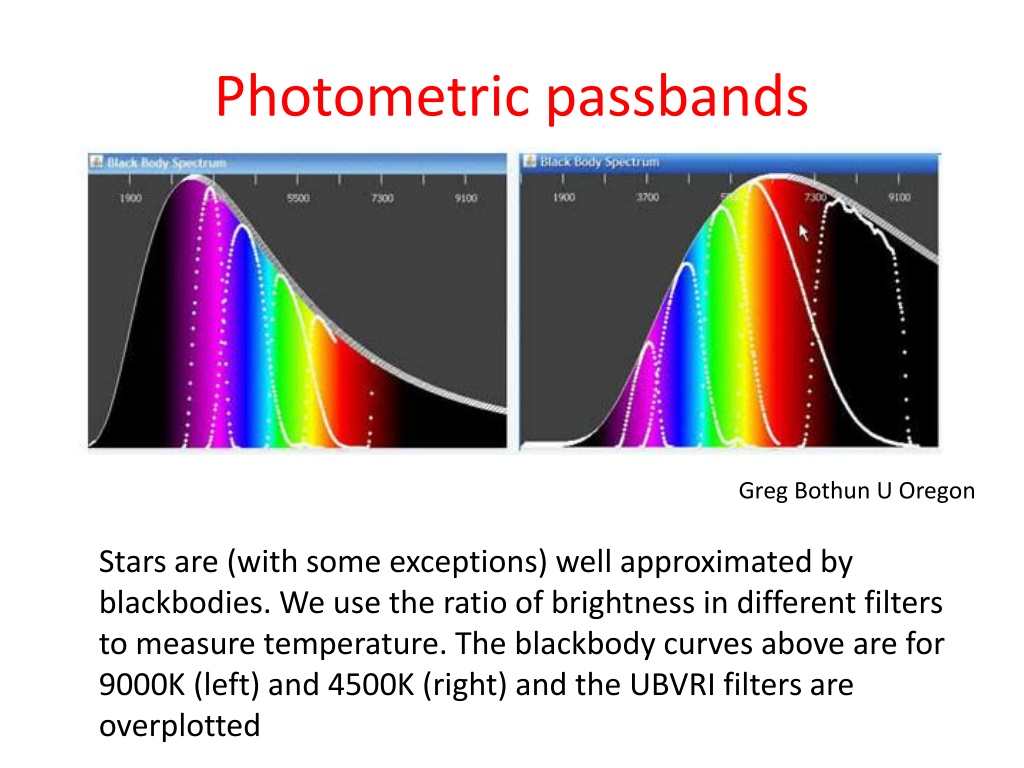

![textbook$ What Your Heart Needs for the Hard Days 52 Encouraging Truths to Hold On To [R.A.R]](/thumb/9838/textbook-what-your-heart-needs-for-the-hard-days-52-encouraging-truths-to-hold-on-to-r-a-r.jpg)
